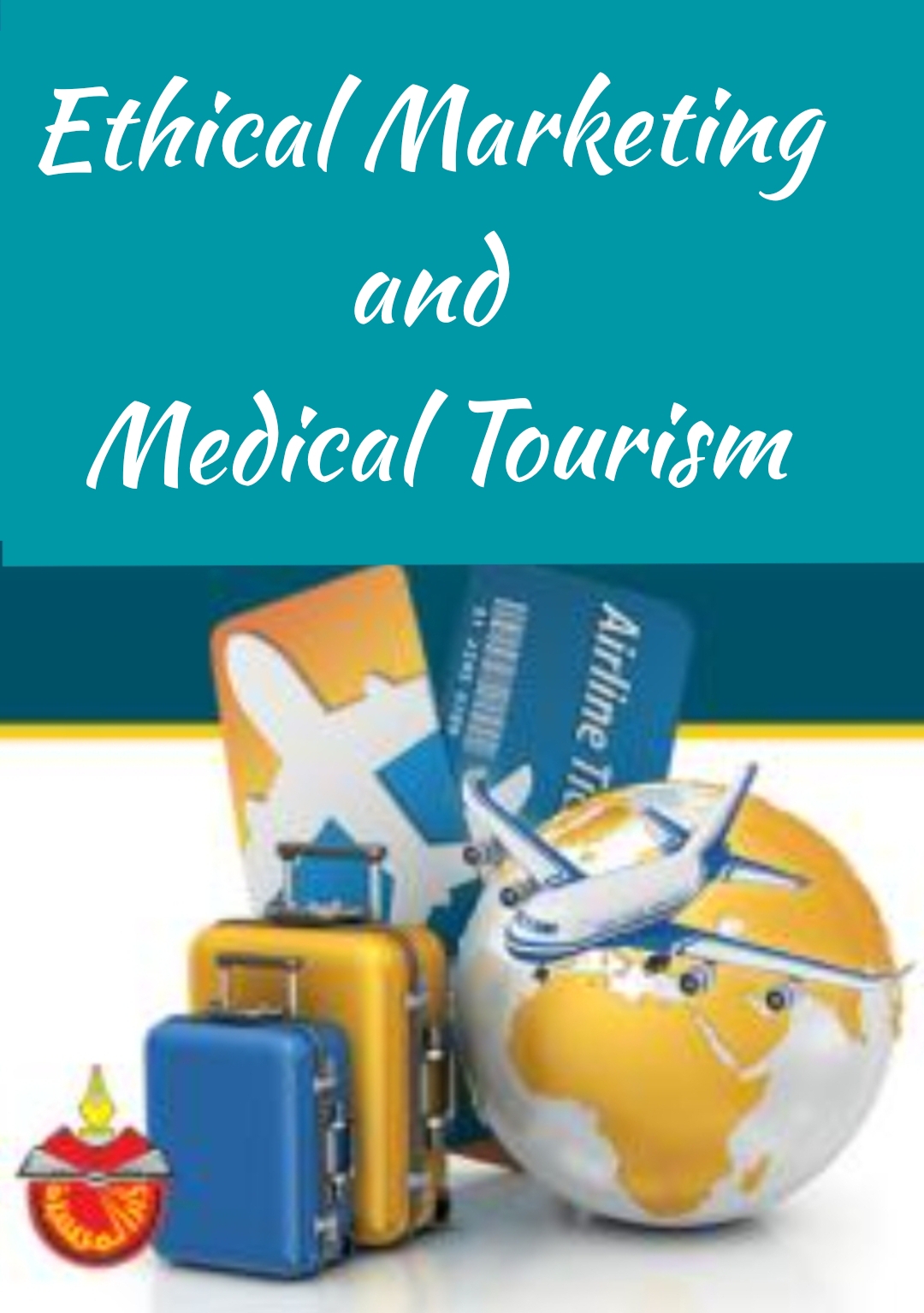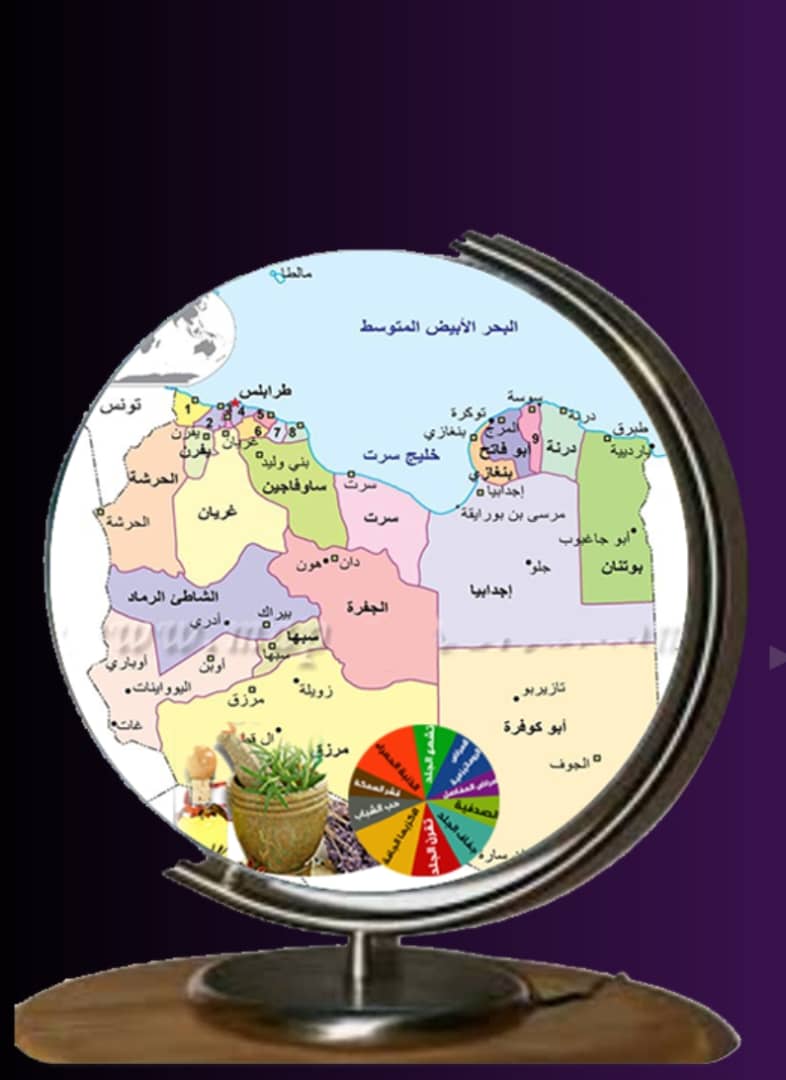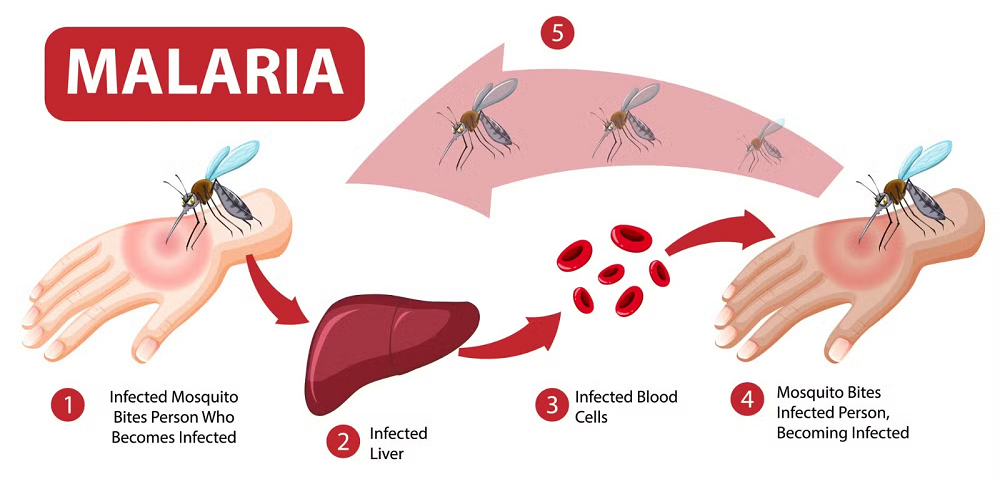Environmental Tourism on Quality of Life

Dr. Abdelaty Ellmannaee
Chairman of the Board of Trustees – Afro-Asian Organization for Medical and Environmental
Tourism
In an era where the pace of life is accelerating and physical and psychological pressures are increasing, the search for natural and safe means to restore health and balance has become a global demand. Among these means, the concept of environmental healing has emerged as one of the modern approaches that combines traditional medical treatment with the power of nature to improve quality of life.
Environmental healing is defined as the use of natural environmental elements – such as fresh air, mineral water, sulfur water, sand-burial therapy, sunlight, moderate climate, and natural landscapes – to enhance physical and psychological health, prevent diseases, or even contribute to their treatment.
Environmental Healing
Environmental healing is a therapeutic and restorative practice that relies on being in carefully selected natural environments in order to benefit from their scientifically proven healing properties. This may include:
• Hydrotherapy (hot or cold springs).
• Climatotherapy (mountain or coastal air).
• Mud therapy (Mud Therapy).
• Heliotherapy (treatment with sunlight).
• Forest bathing (Forest Bathing).
Origins of the Concept
The history of environmental healing dates back thousands of years, as the ancient Egyptians, Greeks, and Romans recognized the value of mineral waters and sunlight in healing. They established public baths and resorts next to natural springs. The Islamic civilization also developed healing baths as part of a culture of hygiene and preventive health.
Elements of Environmental Healing and Their Health Effects
Fresh Air:
• Improves lung function and strengthens the immune system.
• Reduces stress levels and improves mental clarity.
• Increases oxygen levels in the blood, boosting energy and vitality.
Sulfur and Saline Waters:
• Rich in beneficial minerals such as magnesium and calcium.
• Helps relieve joint pain and rheumatism.
• Enhances blood circulation and helps detoxify the body.
Sunlight:
• A natural source of Vitamin D, essential for bone and immune health.
• Improves mood by stimulating serotonin production.
• Regulates the biological clock and promotes good sleep.
Green Natural Landscapes:
• Reduce anxiety and depression.
• Stimulate creativity and positive thinking.
• Encourage physical activity and walking.
Health Dimensions of Environmental Healing
Physical Benefits:
• Strengthens the cardiovascular system.
• Relieves chronic pain, especially in joint and muscle disorders.
• Improves respiratory health, especially in asthma and allergy patients.
Psychological Benefits:
• Reduces cortisol levels (the stress hormone).
• Improves overall mood and happiness.
• Supports mental health by enhancing relaxation.
Preventive Benefits:
• Reduces the risk of chronic diseases such as diabetes and hypertension.
• Enhances resistance to infections.
• Helps maintain a healthy weight through physical activity.
Environmental Healing and Quality of Life
Definition of Quality of Life
Quality of life is a broad concept that encompasses physical, mental, and social health, as well as life satisfaction and the ability to perform daily activities.
How Environmental Healing Affects Quality of Life:
• Increased vitality and energy: Through improved sleep, nutrition, and blood circulation.
• Enhanced mental performance: A calm, clean environment supports focus and creativity.
• Strengthened social bonds: Eco-friendly resorts encourage positive human interaction.
• Psychological balance: Nature gives a person a sense of inner peace.
Key Global Experiences in Environmental Healing
Europe:
• Germany and Austria: Famous for mineral water resorts used in treating heart and lung diseases.
• Switzerland: Relies on clean mountain climate in rehabilitation programs.
Asia:
• Japan: Introduced the concept of “forest bathing” as a way to reduce stress.
• India: Integrated environmental healing with Ayurveda and Yoga.
Arab World:
• Jordan: The Dead Sea as a global center for salt and mud therapy.
• Egypt: Siwa Oasis and the Red Sea for treating skin diseases and rheumatism.
Economic and Social Dimensions of Environmental Healing
Economic Dimension:
• Contributes to boosting health and eco-tourism.
• Creates job opportunities in resorts and treatment centers.
• Encourages investment in health infrastructure.
Social Dimension:
• Enhances environmental awareness among communities.
• Creates spaces for positive human interaction.
• Promotes a culture of healthy living and physical activity.
The Future of Environmental Healing
With the growing focus on health and prevention, environmental healing is expected to expand significantly, especially with integration into modern technologies such as:
• Smart applications for health monitoring.
• Virtual health tourism.
• Combining environmental healing with complementary medicine.
Environmental healing is not a luxury; it is a real investment in human health and quality of life. Interaction with nature restores balance between body and mind and offers a chance to heal from the pressures of modern life. While methods and practices may differ from one country to another, the message remains the same: Returning to nature is the path to wellness.
If you want, I can also format this into a professionally styled article with headings, bullet points, and visuals for use in conferences or publications.
Do you want me to prepare it that way?
















